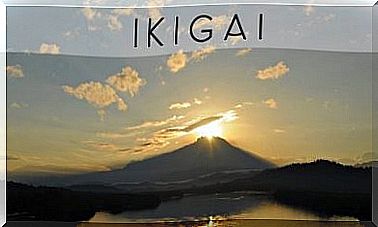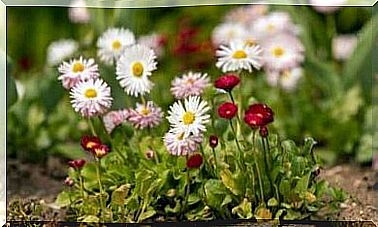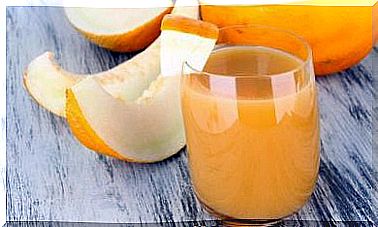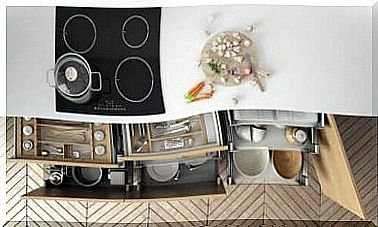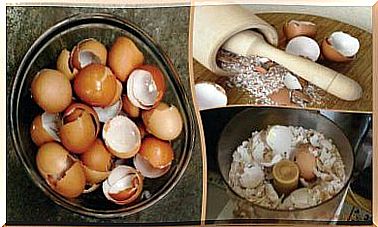7 Fantastic Japanese Disciplines For Good Health
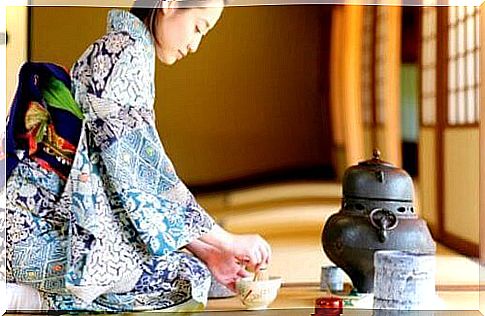
Japan currently ranks first among all countries in the world in terms of health and life expectancy. So try to apply the Japanese disciplines.
In addition to a balanced diet, the Japanese approach to health is based on various pillars such as:
- Prevention.
- The need to promote a healthy lifestyle.
- Funding regular medical examinations at work. This is to prevent the development of chronic diseases. But also to detect cancer at the earliest possible stage.
On the other hand, we cannot forget what the roots of Japan are. The philosophy, its religion and a very close relationship with nature, culture, order, beauty and discipline.
All this awakens in us a curiosity about the Japanese people, despite the fact that for many of us this country is far away.
Today on our blog we want to talk to you about these Japanese disciplines. They support inner balance and ensure well-being that promotes better health, without curing disease.
We are sure you will find this interesting and even practical in some way.
1. Japanese disciplines: Shiatsu or pressure points
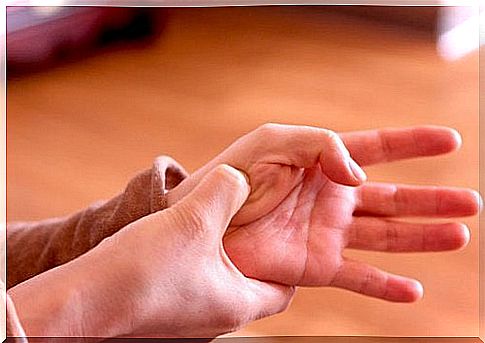
Shiatsu or acupressure is not unknown to us in the western world.
We are talking about a certain type of alternative medicine. It uses the hands, fingers, elbows and even the feet to apply variable pressure to strategic points of the body.
We have already written about this technique and its advantages on our blog. It can be used to reduce certain pain, as well as tension in the neck and back. These body parts are so sensitive because our lives are dominated by stress.
2. Taiso for the joints
We’re sure you’ve seen this on some occasion in a movie, documentary, or even in a park. A person or a group of people performing gentle movements full of harmony.
Taiso is a type of gymnastics with a tradition dating back more than 800 years, with the aim of preserving joint health.
It is one of the Japanese disciplines that is very good for your health. It includes doing exercises, which aim to create sufficient range of motion to promote joint flexibility.
It is a very relaxing and therapeutic type of exercise that is now practiced in many western countries.
3. Japanese Disciplines: Tea Ceremonies

Tea and good health always go hand in hand. That goes for the Japanese as well as for all of us.
However, it is worth remembering that for them a tea ceremony has a different meaning. It’s a little more intimate, more spiritual and it’s more important than it seems.
In fact, the chanoyu or tea ceremony is a path or a way. A way of worshiping guests, nature and our spirit, which allows you to find enough inner peace.
These are therefore the 4 objectives of this ceremony:
- Achieve sufficient harmony with yourself and with nature.
- Promote respect for others.
- Promote purity of mind.
- Achieve the mental peace and tranquility.
4. The Diet of Good Health and Longevity
The fact that Japanese people eat better than many of us is something we all know.
Western people are great lovers of fried foods, saturated fats, white flour, frozen foods, processed foods and industrial sweets.
What would happen if we incorporated some of the principles of the Japanese disciplines into our diet?
- Smaller quantities on our plates.
- Eat more fish, rice, vegetables, fruits, algae, soy and tea.
- The importance of fresh food, omitting processed food.
- Use vegetable stock and fish stock as a base for any dish.
5. Zen, a way to understand reality
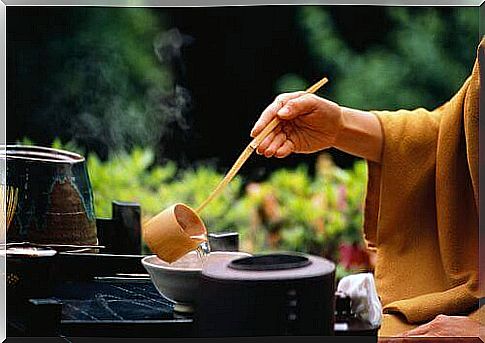
Zen Buddhism originated in India, then traveled to China and arrived in Japan around the thirteenth century.
This term actually encompasses several concepts and ideas:
- Meditation
- Contemplation
- Calming the mind
- Mental concentration
Zen is the cornerstone of various aspects of everyday life in the Japanese world. We can see it in their decoration, architecture and gardens. We can even see it in their way of relaxing and breathing and in their posture.
For example, it would do us good to learn the practice of training ourselves in “zen” for half an hour every day. Just like the people who live according to the Japanese disciplines.
All you need to do is sit on a pillow with your legs crossed and your back straight. Breathe in and out deeply and relax your body and meditate.
6. Japanese disciplines: Reiki, a complementary therapy
We can believe in it or not. We can try. Or we can simply see it as something special, something that is part of an ancient, ancestral form of healing where spirituality is combined with energy work.
Reiki tries to heal using the hands (without touching) by channeling energy.
It is said that it was the Japanese monk Mikao Usui who bestowed this type of therapy on his people. He did this after meditating on Mount Kurama for 21 days in 1922.
However, it is worth remembering that healing by hands is thousands of years old. The entry of Reiki into Japan is somewhat more recent. Without a doubt, it has certain relevance in the daily life of many Japanese people.
7. Taiko, energy and vitality through sound

The Taiko is a large drum.
Knowing how to play them, how to keep up the rhythm, how to perform every cadence, every step and every movement in the company of a group. This is undoubtedly the result of great physical, mental and spiritual discipline.
This is a cleansing exercise that has its origins in various agricultural rituals. These try to indicate and enliven the rhythm of the work.
Taiko was also used in times of war to warn of storms, fires and other events.
Meanwhile, Taiko has spread to many countries as a spectacle.
It is very striking and, as we have already said, practicing Taiko requires a lot of concentration and body dynamics.
